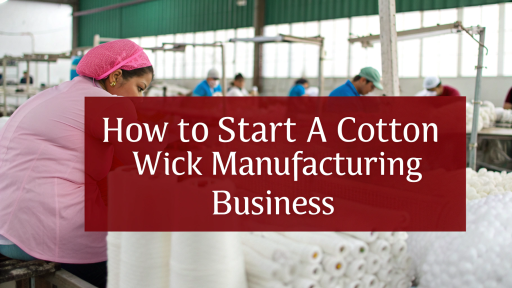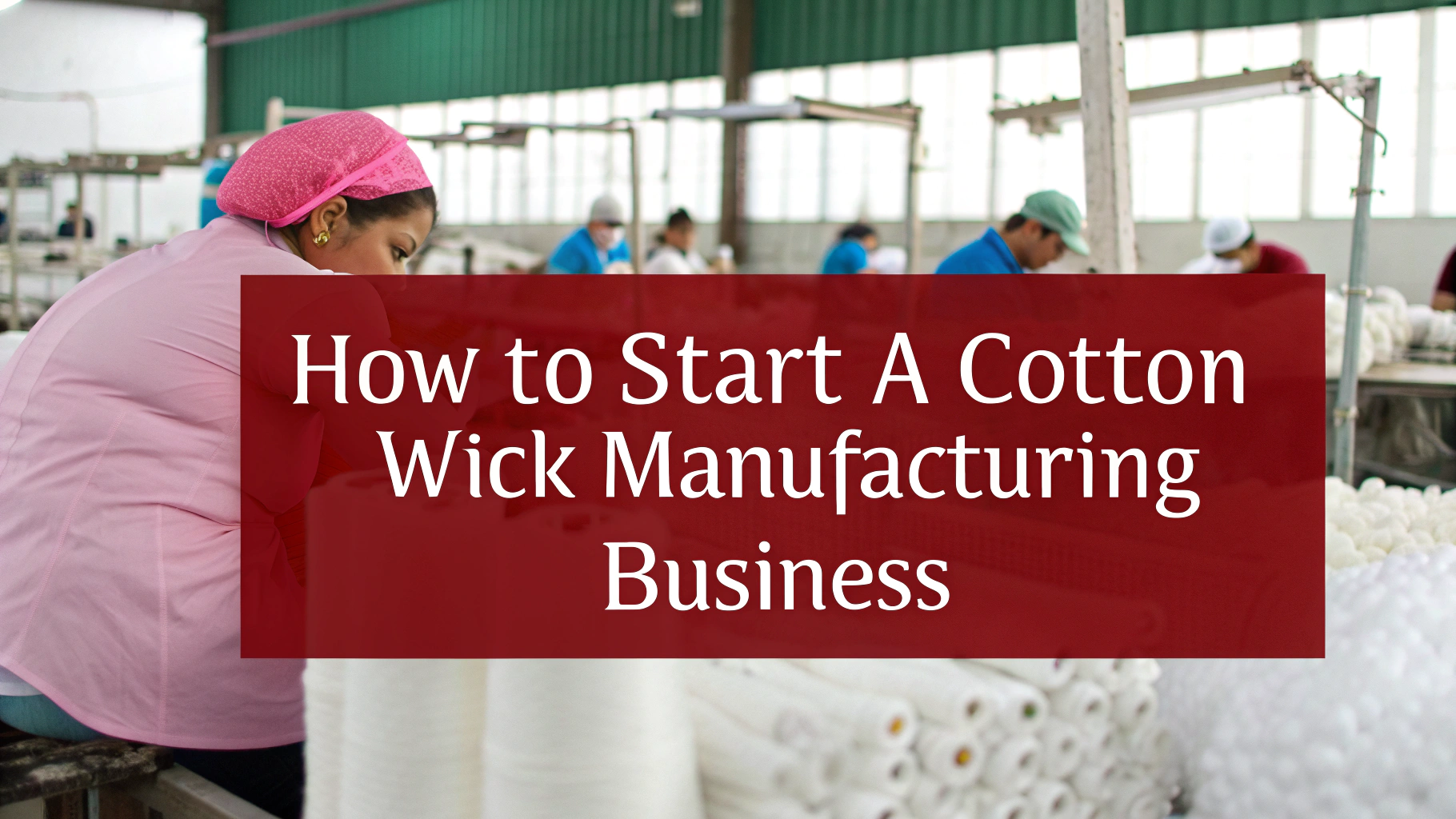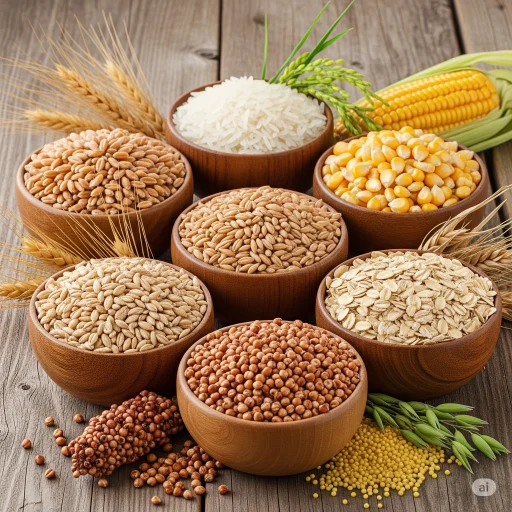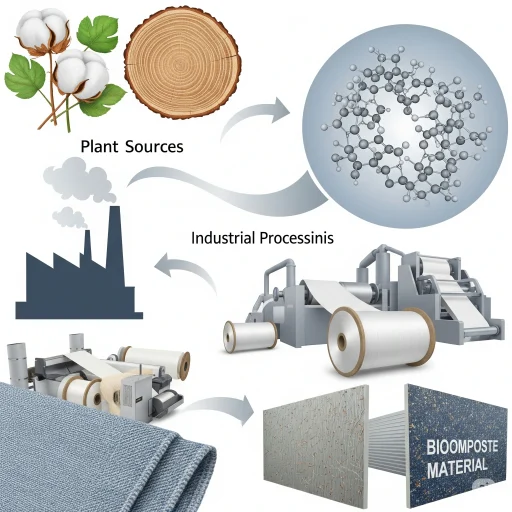Cotton wicks are a niche industry in India, but it is a very important one in many other countries. This is due to the constant demand for cotton wicks in homes, in religious activities, and small-scale commercial use. Cotton wick manufacturing can be found in oil lamps and candles. They are also used to make diyas and other religious objects. Cotton wicks are a great opportunity for entrepreneurs in the manufacturing industry, as there is a growing awareness of eco-friendly lighting options and renewable rituals.
This guide will provide a comprehensive overview of how to launch a cotton wick manufacturing business. It also provides an outline of the manufacturing processes and the growth potential of the industry.
Industry Overview and Market Opportunity
Cotton wicks for oil lamps are used in temples and homes to light up traditional festivals such as Diwali. They are increasingly used for decorative candles, oil-based aromatherapy lamps, and religious purposes. Cotton wicks are in high demand throughout the year, thanks to the Indian population’s involvement in festivals and rituals.
The cotton wick market has been steadily growing due to the increasing demand for eco-friendly and natural products. Cotton wicks are becoming more popular as households move away from synthetic wicks, kerosene and other kerosene-based products.
The market for cotton wicks is growing at a rate of 6-8 percent annually, according to the trends. There are export opportunities in countries like the UAE, USA and UK with large Indian diaspora populations. Due to the fact that it is not affected by seasonal or economic fluctuations and because demand for religious products is stable, this industry is resilient.
Related: Cotton Wick Manufacturing: From Fluff to Fire – Easy Guide
Why Start a Cotton Wick Manufacturing Business
Cotton wick manufacturing is a lucrative business for many reasons.
- Cotton wicks have a constant market demand. They are used in temples and homes, so there is a steady consumer base.
- Low entry barriers: The business doesn’t require heavy machinery or highly advanced technology. Entrepreneurs can begin small and scale up gradually.
- Cotton wicks are a more eco-friendly product than synthetic alternatives.
- Multiple sales channels: Wicks are available for sale in local markets or exported to other countries, as well as being sold directly to candle and diya makers.
- Manufacturers can increase their revenue by taking advantage of seasonal peaks around festivals and other spiritual events.
Cotton Wicks Manufacturing Process
They are produced by a systematized process that involves cleaning, twisting and cutting cotton threads to the desired size. The following are the steps that outline a typical cotton wick production process.
1. Raw Material procurement
Cotton of high quality is the primary raw material used in cotton wick production. Cotton wick production is only possible if the cotton is free of impurities, seeds and excessive moisture. Raw cotton is often sourced from cotton-producing regions in order to reduce costs and maintain quality.
2. Cleaning and Carding
Raw cotton is cleaned to remove any impurities. Carding machines align cotton fibers to a uniform structure. This ensures a consistent texture. This process is vital as it directly impacts the quality of the finished product.
3. Spinning and Twisting
Cotton fibers are carded and then spun into uniformly thick threads. The threads are then twisted into wicks. Twisting ensures that the wick will burn evenly and have the density required for different applications, such as oil lamps or candles.
4. Cutting and Sizing
The length of the twisted cotton threads is cut to a standard size, depending on their intended use. Longer wicks, for example, are used to light traditional oil lamps. Shorter wicks can be used as decorative diyas or in candles.
5. Quality Control
The manufacturing process is not complete without quality control. The manufacturers check the uniformity of wick thickness and consistency in burning quality. To maintain product reliability, defective or substandard wicks will be removed.
6. Packaging and Storage
The packaging of finished wicks is designed to protect it from contamination and moisture. Packaging options range from bulk packaging for wholesale distribution, to branded retail packs. Storage in a ventilated, dry area will extend the shelf life of your product and ensure its quality.
Related: Build a Profitable Cotton Wick Manufacturing Business
Market Forecasts and Growth Opportunities
Cotton wicks are a growing industry, both domestically and internationally. This growth is due to several factors:
- Cultural and Religious Practices: Indian temples, festivals, and rituals ensure that cotton wicks are in constant demand.
- Eco-Friendly Change: Consumers prefer natural cotton wicks over paraffin-based and synthetic options.
- Indian cotton wicks can be exported to markets where there are large Indian populations and spiritual products.
- Bulk Demand is generated by candle manufacturers, decorative lamp producers, and aromatherapy product companies.
Analysts estimate that India’s cotton wick market will reach over 30,000 tonnes per year in 2030. This growth is a result of both the domestic and export markets. Smaller manufacturers can tap into local demand, while larger companies may be able to tap into global markets.
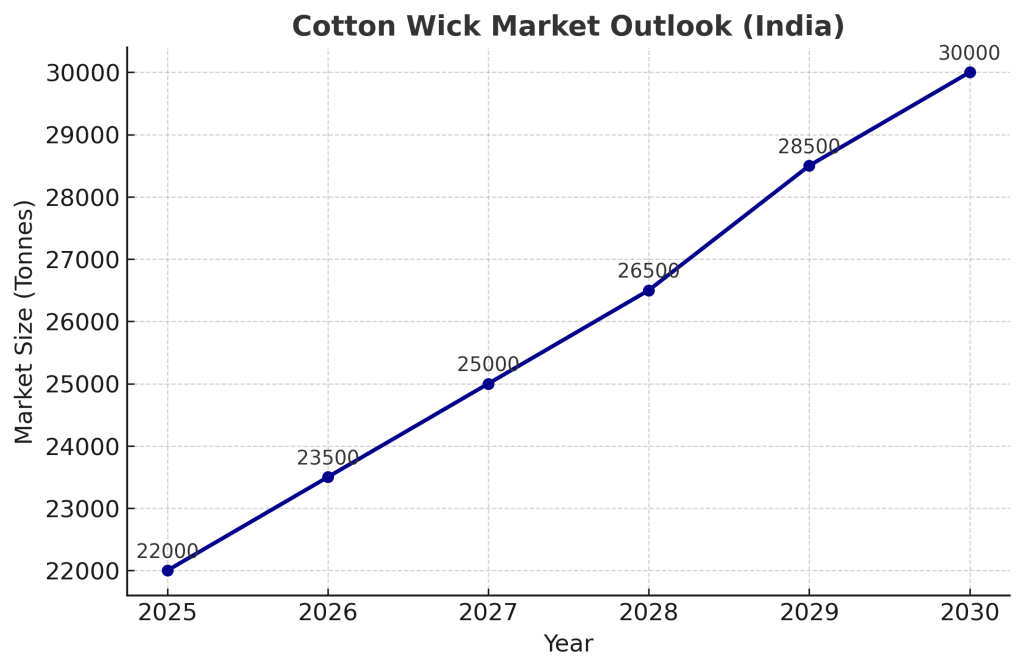
Set up operations
Understanding operational requirements is important, even though financial considerations will not be included in this guide. The space required for cotton wick production is moderate. This includes the machinery, storage and packaging. The essential machinery includes carding devices, spinning devices and twisting machines.
A workflow that is streamlined increases efficiency. Separate areas for storage of raw cotton, processing, quality assurance, and packaging, for example, can reduce contamination and increase productivity. The staffing usually includes skilled operators of machinery, personnel for quality control, and workers in packaging and logistics.
Marketing and Sales Strategies
Entrepreneurs who want to succeed in the cotton-wick industry should concentrate on both product quality and marketing strategies.
- Local Distribution: Work with local candle shops, religious stores and other retailers to maintain a steady stream of orders.
- Online Sales: Ecommerce platforms provide direct-to-consumer sales opportunities. Platforms such as Amazon, Flipkart and websites that specialize in spiritual products can increase reach.
- Festival Promotions: Launch promotional campaigns to capitalize on festivals such as Diwali and Navratri.
- Bulk orders for temples and businesses: Develop B2B relationships with event organizers, temples, and candle makers who need large quantities.
- Export Markets: Identify the countries where there is a large Indian diaspora, and establish connections to trade for exports.
The success of your marketing campaign will depend on how well you can highlight the quality and eco-friendliness of cotton wicks. Packaging and certifications, such as organic labeling or biodegradable cotton, can enhance the appeal of a product.
View our Handbooks for more information
Challenges and Risk Management
Cotton wick production is no different.
- Unreliable cotton quality can affect production and product consistency. It is important to establish reliable suppliers.
- Competition: This market is a mix of small cottage industries and large manufacturers. To gain an edge, it can be helpful to differentiate through packaging, quality, or bulk supply agreements.
- Fluctuations in seasonal demand: Festivals can create spikes in demand that require careful planning of inventory and staffing.
- Machine Maintenance: Breakdowns of equipment can cause production to be disrupted, so skilled operators and regular maintenance are vital.
In spite of these challenges, strategic marketing, quality control and proper planning ensure profitability and growth.
Why Seek Expert Guidance?
Professional guidance is a great benefit for entrepreneurs who want to get into the cotton wick business. Niir Project Consultancy Services is a reliable partner for manufacturing businesses. NPCS produces detailed Techno-Economic Feasibility reports that cover all aspects of the business. These reports provide insights into manufacturing processes, raw materials, plant layout and financials to help entrepreneurs evaluate the feasibility of starting new businesses or industries.
With NPCS, startups can minimize risk, identify profitable opportunities and make informed decisions regarding production capacity, sourcing and market strategies.
For more information, check out our related video
Future Outlook
The cotton wick industry has a bright future. The industry’s growth is assured by the growing awareness of eco-friendly and sustainable products as well as steady demand in both domestic and abroad. It is ideal for entrepreneurs because of its simplicity and low barriers to entry.
Technology advancements such as automated twisting machines and cutting machines can improve efficiency and consistency. Diversifying into other products such as candles, decorative lamps or aromatherapy wicks, and branding them can increase revenue.
Cotton wick manufacturers who focus on sustainable solutions and maintain a consistent standard of quality can build a long-lasting and profitable business.
Discover the Right Business for You With Our Startup Selector Tool
Conclusion
A cotton wick business is a great opportunity for entrepreneurs who are looking to get into a stable industry that’s eco-friendly and has cultural significance. This business has a consistent demand, easy manufacturing processes and growth opportunities that are scalable both nationally and internationally.
Startups can establish themselves successfully in this niche market with a strategic approach, expert guidance, and a quality control system. Cotton wick production is not only a sustainable business, but it also contributes to a growing eco-friendly trend and preserves the traditional practices that millions of people cherish.

